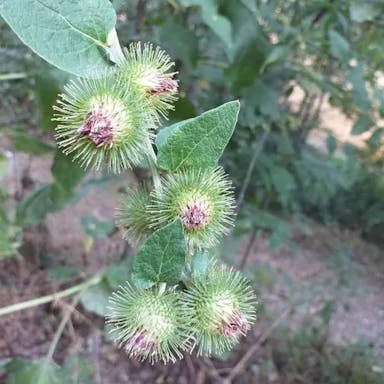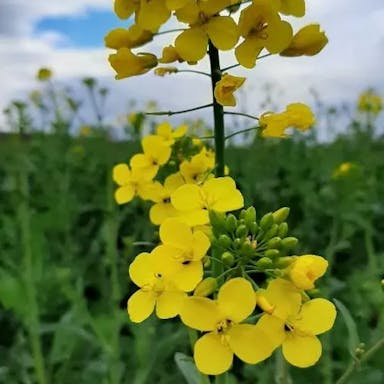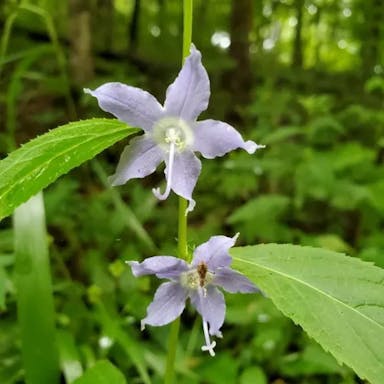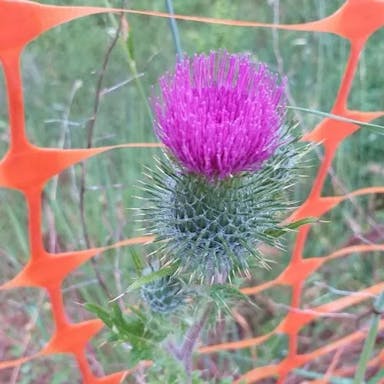Damask-violet varieties can be selected based on flower color, size, and fragrance. 'Alba' features white flowers, 'Rubra' has pink blooms, and 'Purpurea' displays purple petals. When choosing seeds, opt for plump, firm ones without signs of damage. Select seedlings with healthy green leaves and sturdy stems. Ensure the roots are well-developed and not root-bound. It is essential to purchase from reputable sources to guarantee the quality and authenticity of the Damask-violet varieties.
0
0












